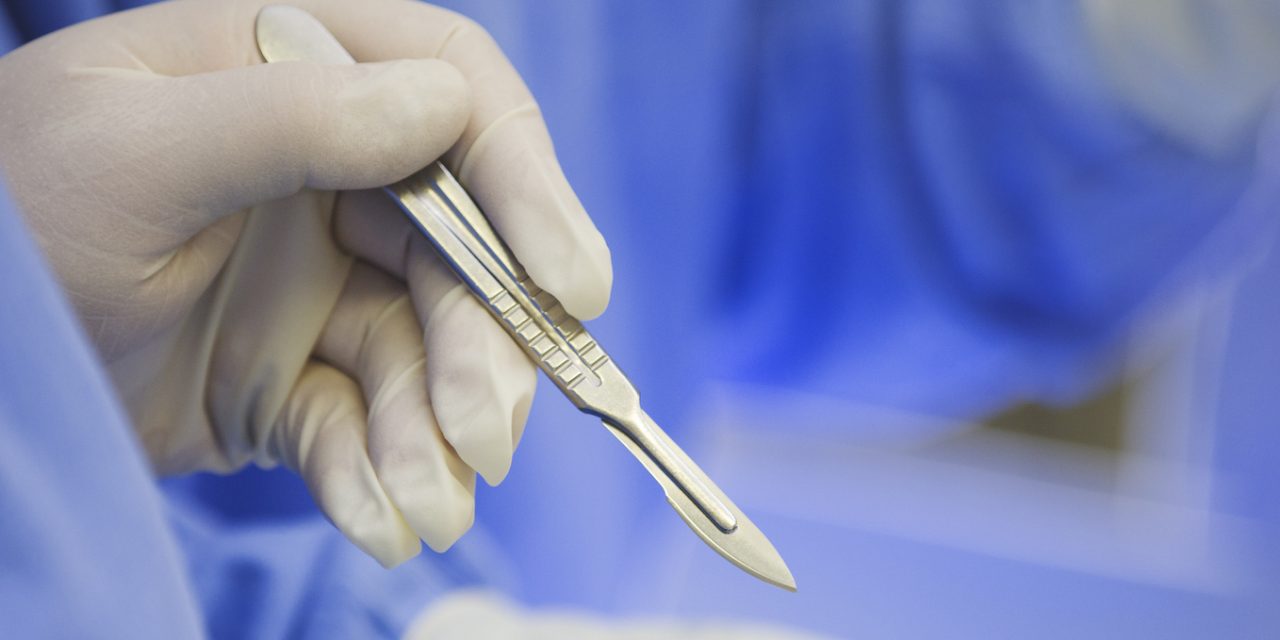As respiratory system compliances are heterogenous, we hypothesized that individualized intraoperative positive end-expiratory pressure titration on the basis of lowest driving pressure can reduce postoperative atelectasis and improve intraoperative oxygenation and postoperative lung functions.
Eighty-two adult patients undergoing major abdominal surgery were recruited in this randomized trial. In the titrated positive end-expiratory pressure group, positive end-expiratory pressure was titrated incrementally until lowest driving pressure was achieved, and the same procedure was repeated in every 2 hours. In the fixed positive end-expiratory pressure group, a positive end-expiratory pressure of 5 cmHO was used throughout the surgery. The primary objective of this study was lung ultrasound score noted at the completion of surgery and 5 minutes after extubation at 12 lung areas bilaterally.
Mean (standard deviation) age of the recruited patients were 43.8 (17.3) years, and 50% of all patients (41 of 82) were women. Lung ultrasound aeration scores were significantly higher in the fixed positive end-expiratory pressure group both before and after extubation (median [interquartile range] 7 [5-8] vs 4 [2-6] before extubation and 8 [6-9] vs 5 [3-7] after extubation; P = .0004 and P = .0011, respectively). Incidence of postoperative pulmonary complications was significantly lower in the titrated positive end-expiratory pressure group (absolute risk difference [95% CI] 17.1% [32.5%-1.7%]; P = .034). The number of patients requiring postoperative supplemental oxygen therapy to maintain SpO >95%, the requirement of intraoperative rescue therapy, and the duration of hospital stay were similar in both of the groups.
Intraoperative titrated positive end-expiratory pressure reduced postoperative lung atelectasis in adult patients undergoing major abdominal surgery. Further large clinical trials are required to know its effect on postoperative pulmonary complications.
Copyright © 2021 Elsevier Inc. All rights reserved.
Effect of driving pressure-guided positive end-expiratory pressure (PEEP) titration on postoperative lung atelectasis in adult patients undergoing elective major abdominal surgery: A randomized controlled trial.


